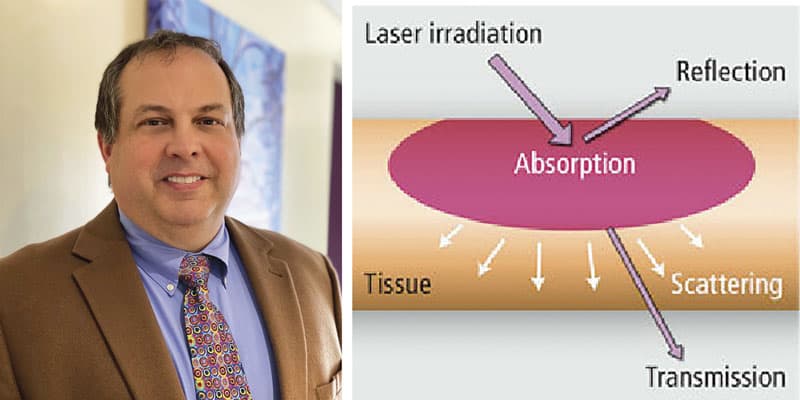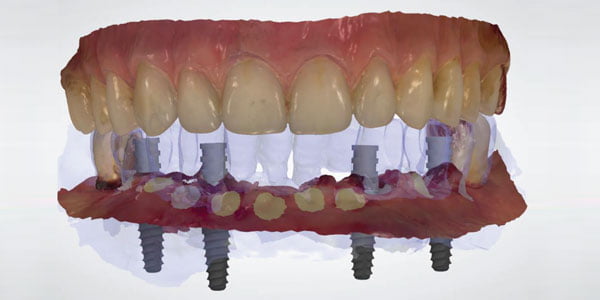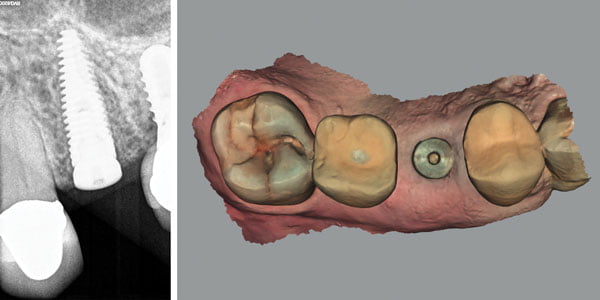Fundamentals of lasers and dental implant placement
Dr. Todd J. Sheffler discusses how lasers can optimize patient comfort and improve clinical efficacy Failing dental implants are a significant concern for the implant dentist. No clinician places an […]
Read ArticleFundamentals of lasers and dental implant placement Read More »












